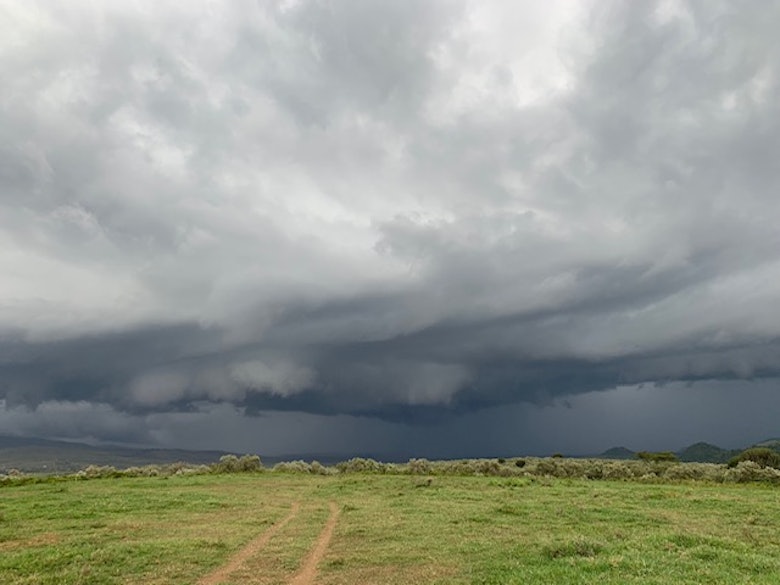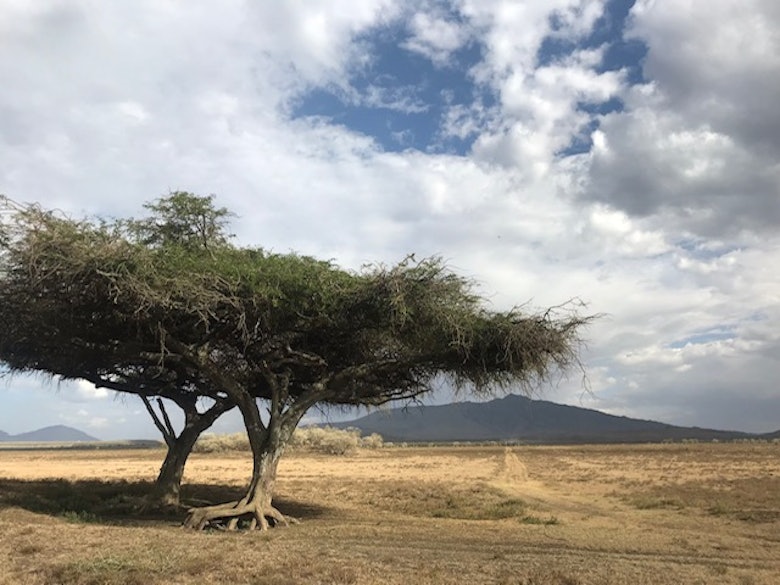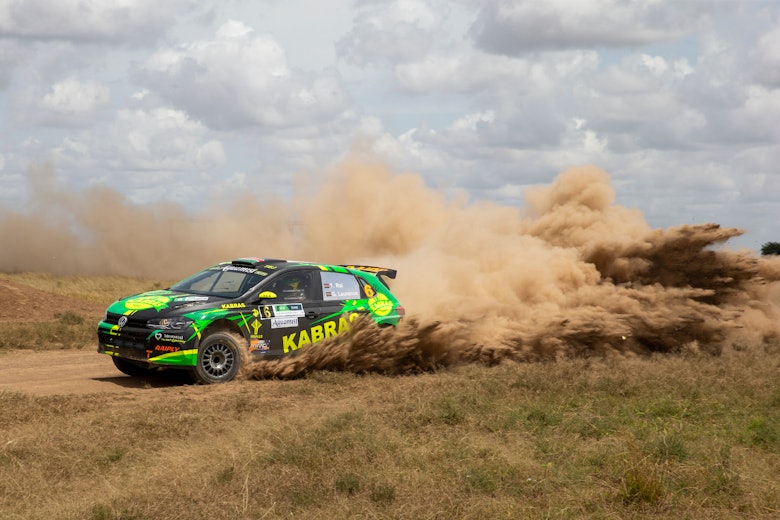The time has come to take a look ahead to the next round of the World Rally Championship. Coronavirus is forcing a hop, skip and a jump past Argentina, Portugal and Sardinia (we’ll come back to them). So, next up is the Safari Rally.
Kenya’s not coming until July, which is why it hasn’t been at the epicentre of DirtFish’s focus. But the time has arrived to change that. And where better to start than on the roads themselves?
Elsewhere on the site, you can take a look at every mile of every stage planned for the Naivasha-based event. But one man knows those roads particularly well right now is Iain Campbell.
Campbell is part of the FIA’s rally task force, an initiative from the governing body and WRC Promoter to help local organizers demonstrate best practice on new or returning rounds of the championship.
As clerk of the course on Britain’s round of the WRC, Rally GB, Campbell is well placed to advise and guide the local team on the way forward for the Safari route.
As we revealed last week, the route is based around Lake Naivasha, following a superspecial in Nairobi. Here are Campbell’s thoughts on a day-by-day basis.
Thursday July 16
After the start at the Kenyatta International Convention Center – the traditional starting place for the Safari – the crews head to the superspecial at Kasarani. This is a purpose-built gravel stage, first used at the candidate event last year, on the outskirts of Nairobi. There’s a jump, watersplash and crossover in here. It’s great and, at almost five kilometers, it’s the sort of stage you can really get stuck into.
Friday July 17

We’re running two loops of three stages on the first full day of competition – with all of the action on roads south of the lake. Chui Lodge (SS2/5) and Oserian (SS4/7) are both brand new roads for the rally run on a private estate. They’re great. On the first one, Chui Lodge (pictured above), you go off the start line for 150 meters, turn left between two bushes and that’s you really into the bush and in the trees. Oserian’s similar apart from a stretch when you’re out of the trees and bushes and out across a pretty typical African plain.
The stage in the middle of the loop is Kedong (SS3/6, below) and this one has been used before on the Safari. It was included in the last world championship event in Africa in 2002 and Sébastien Loeb – the only one of the current drivers who has competed on the Safari before – was actually fastest on this section on the second day 18 years ago. The stage [in 2002] was longer than the 33-kilometers (21 miles) we’re using this time. But we’ve definitely got the best bits.

There was a lot of fesh-fesh in here on the candidate event last year, we’ve taken most of that out. Like the other two Friday stages, this one’s mainly run through a plain, but the last section is almost like going into a Welsh forest without the density of trees. The road’s a car and a half wide and the surface is completely different – but pretty reminiscent of Wales.
This is going to be a great stage with plenty of scope for those lovely pictures of the cars coming down a long straight with the big dust trail following them.
Saturday July 18
We’re into the heart of the traditional Safari route on Saturday, heading north of Naivasha and into the Great Rift Valley and the Delamere Estate. These roads have been the backbone of this event since the start and it’s fantastic that the organizers have managed to include some real classics.
Elmentaita (SS8/11) was the fastest stage on the candidate event last year and will be quick again this time. What the organizer has done is include some diversions on the really quick sections and it has done this by just building extra sections of road. That’s the way you do things in Africa, they’re so resourceful and ready to get everything right.
Doing that’s going to punctuate some long straights and make it more interesting. But still, there’s no doubt the speed of the current cars is going to be impressive when the WRC’s back in Africa again.
And when you see Elmentaita, you can be in no doubt that this is Africa. This is the sort of road which inspires the likes of those classic Safari photographers Reinhard Klein and Colin McMaster.
There’s a really short road section – less than a mile – between the end of SS8 and the start of SS9. With SS9 being a live television stage, they need to make sure all the WRC cars are through Elmentaita before we start Soysambu, so there’s a regroup in there just to hold the crews for half an hour.
That Soysambu (SS9/12) stage is stunning, with some lovely river crossings in the heart of some really dense vegetation. The second stage on Saturday is back into the trees a bit more.
The Sleeping Warrior (SS10/13) has the potential to provide a real sting in the tail for the two Saturday loops. Much of the stage is in-keeping with the rest of the loop, but towards the end this stage moves onto a really abrasive volcanic rock-type surface which could hurt the tyres. That last section is quite tough, quite hard work bedrock. It’s horrible, but brilliant!

The organizer has tried really hard to keep the flavour of the Safari and you can really see that in all of the stages. OK, there are some sections where it’s had to deviate and maybe it’s not exactly the same there, but it has done a fantastic job. There are some really pretty rough sections which will force the cars to slow down a fair bit. Then again, I thought that about the candidate event last year, but the cars just kept on with the speed. You’re left looking at it thinking: ‘Bugger me! How did they get through that?’
The modern rally car is a pretty amazing thing that can hit bumps, jumps and rocks pretty hard and barely notice.
Sunday July 19
Two of the final-day stages run north of Lake Naivasha with only the powerstage to the south. Loldia (SS14/17) is in the trees and feels quite like a forest stage with some nice undulations and big, big straights. Let’s deal with Malewa (SS16), which is the only stage apart from the superspecial to run just the once. This is the middle Sunday test and provides a real test for the tyres. The surface is hard and abrasive and with lots of straights and 90-degree corners, the tyres will be worked really hard under braking and accelerating away from junctions. With two more stages to come after this, the drivers will have to keep this in mind.
But the best bit of the day will be the Hell’s Gate powerstage. I simply can’t imagine any event finding a more awe-inspiring place to put the powerstage podium. This stage and that location really encapsulate what the organizer has been doing – it has provided a route and a rally which could only be in Africa.
And the endurance aspect is still there. There are, for example, seven opportunities for the teams to fit new tyres to the cars, but there’s only 28 tyres. The teams are really going to have to plan and think through the tyre strategy for the event and the crews are going to have some amount of work to do on the recce.





